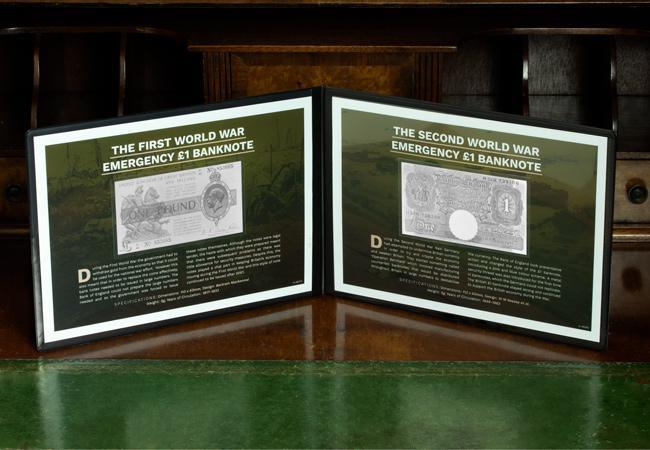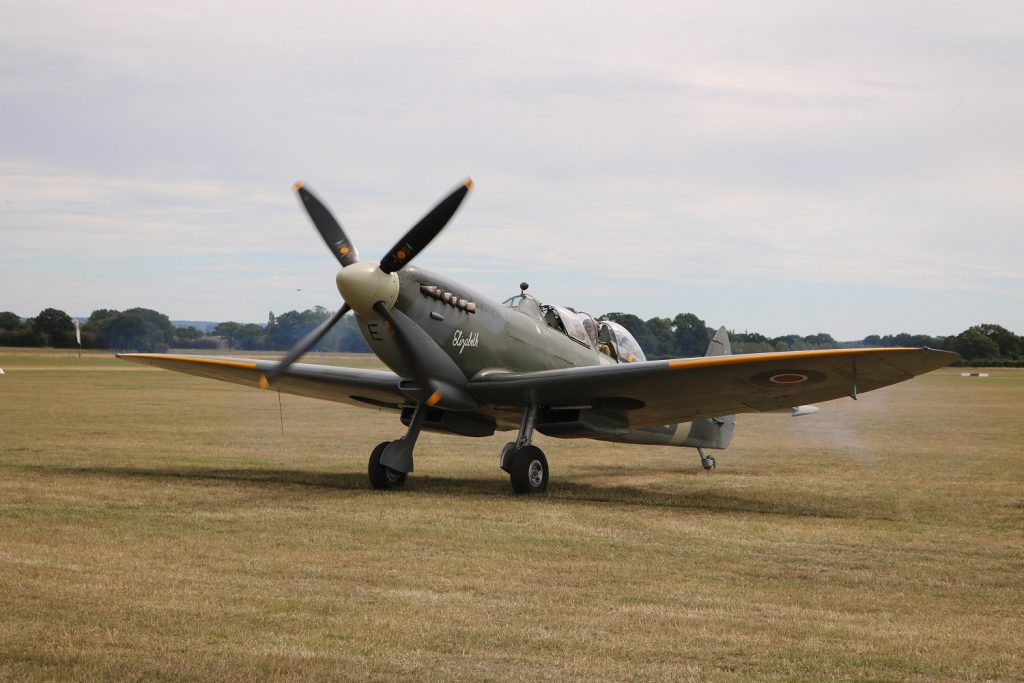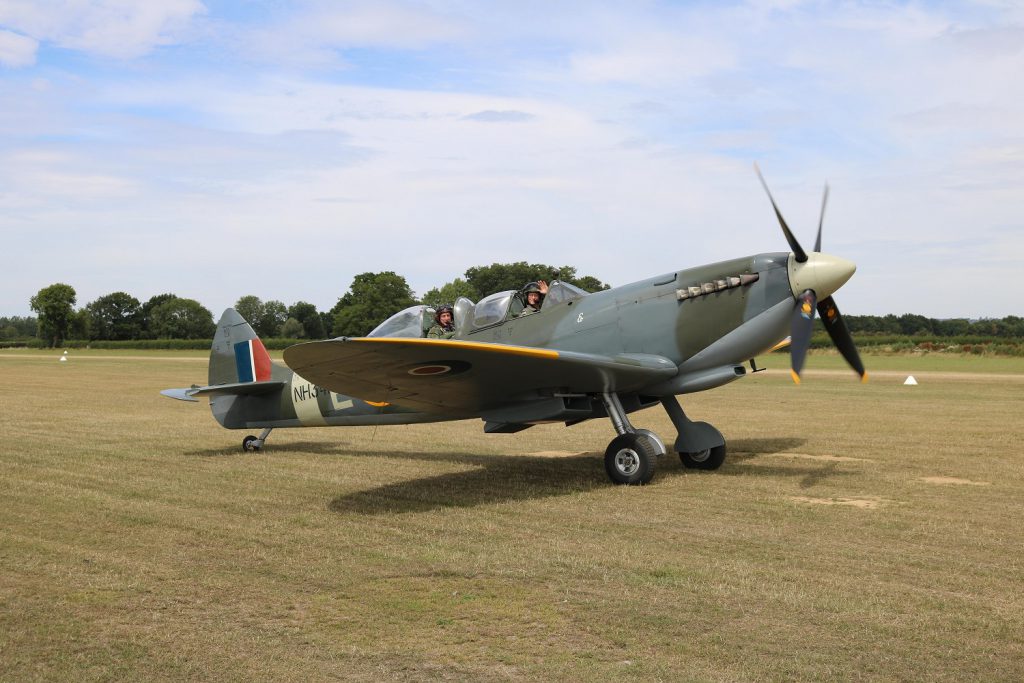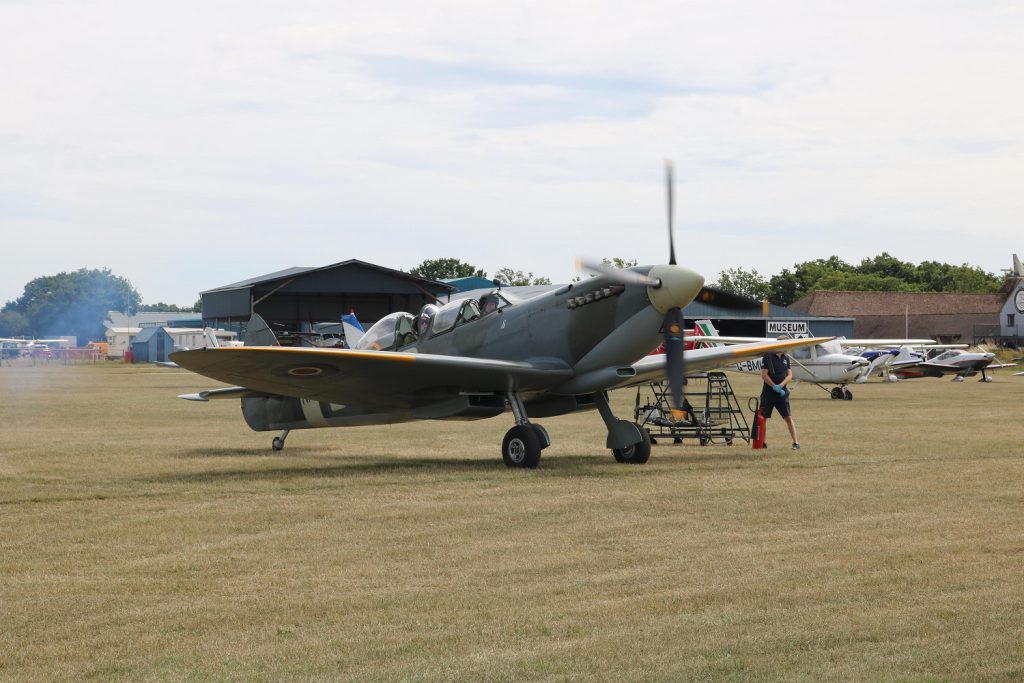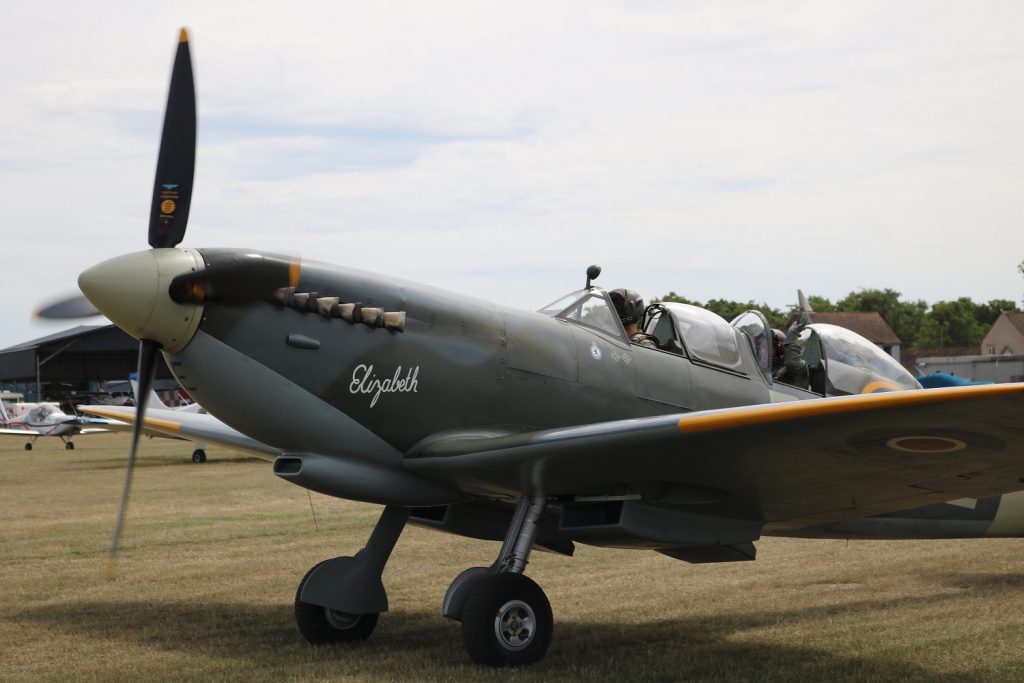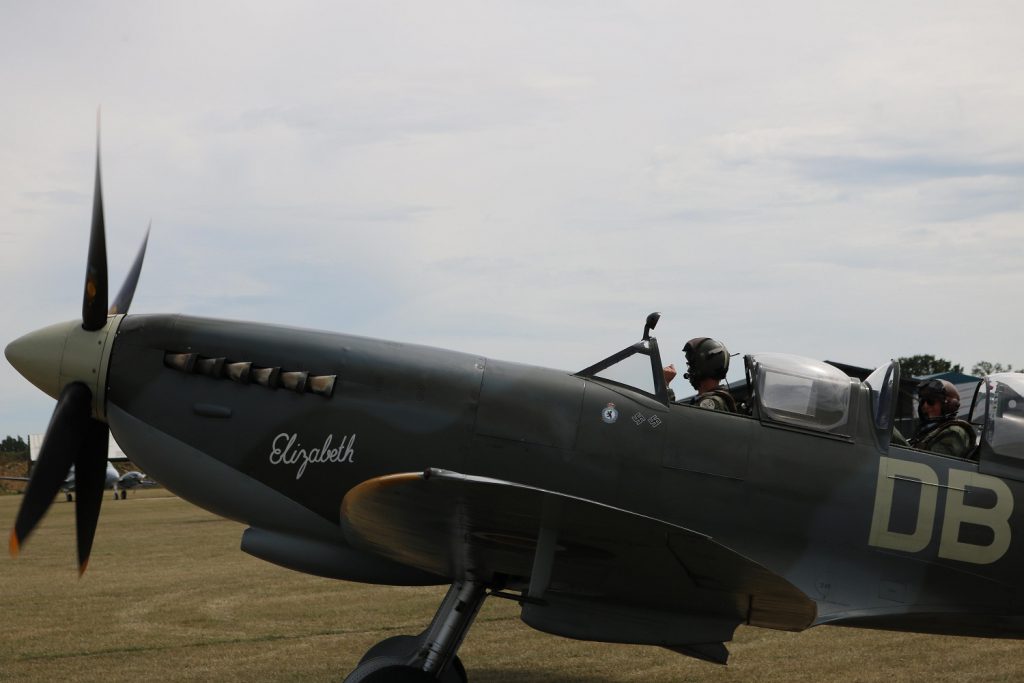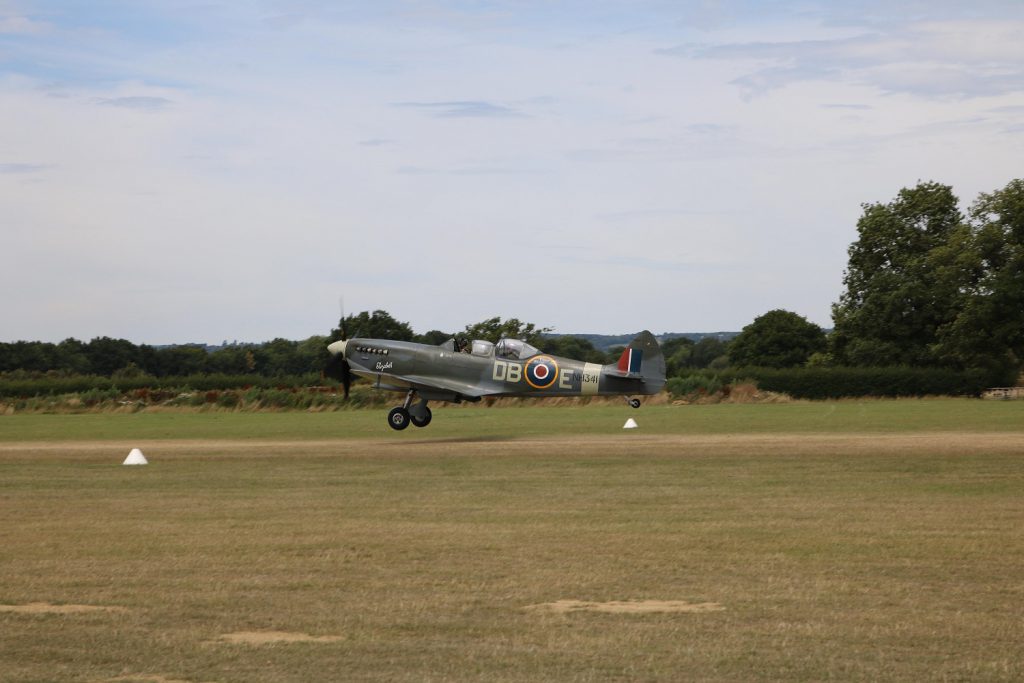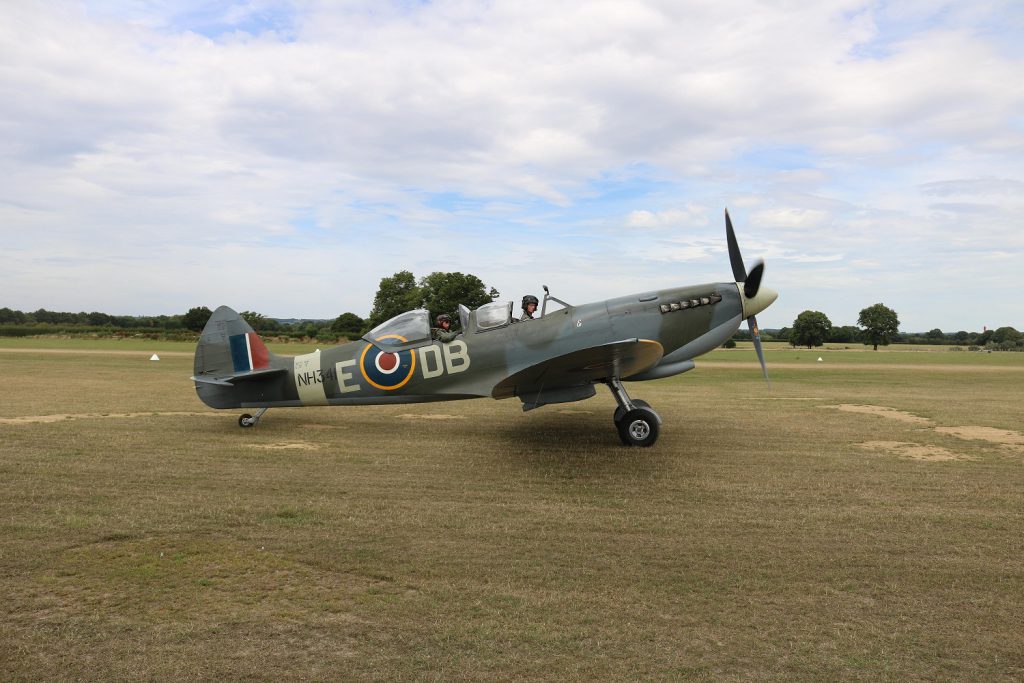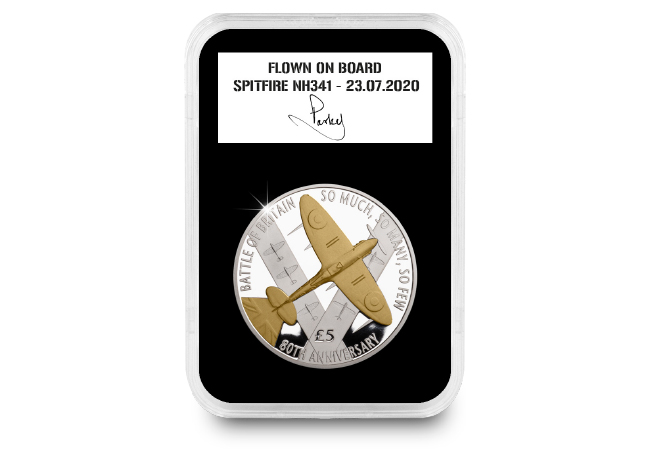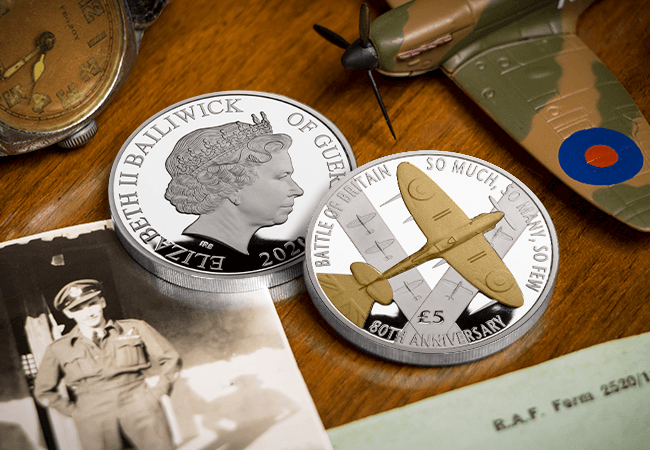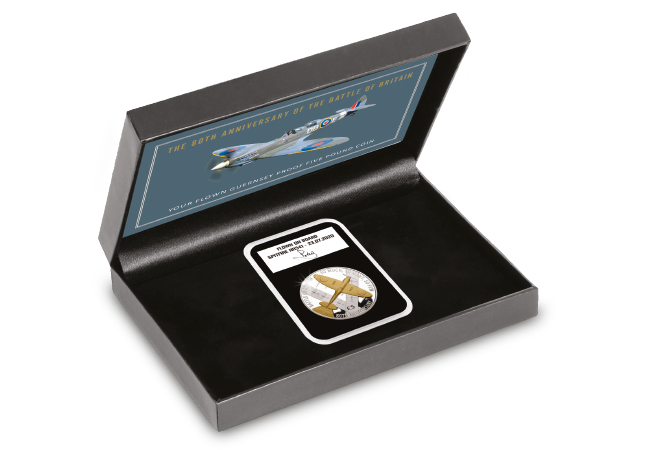First World War
100 Years of Remembrance: Honouring the Centenary of the Royal British Legion
2021 marks the centenary of the Royal British Legion. For 100 years the Royal British Legion (RBL) has been providing financial, social and life-long support to the Armed Forces community.
Established out of the need to provide care for those who had fought during the First World War and returned home needing assistance, RBL has been a support system and helping hand for many across the years.
Since 2004 The Westminster Collection has been proud partners with the Royal British Legion, and throughout that time our collectors have raised over £1.1 million for the organisation.
“This staggering contribution has been crucial in allowing us to continue providing vital welfare services to veterans and their families.”
Charles Byrne – Director General, Royal British Legion
In this special centenary year, we look back over RBL’s history, their achievements, and our continued relationship with this vital organisation.
The history of the Poppy
Out of destroyed fields left barren from the First World War, beautiful red Flanders poppies began to grow. This is what gave Lieutenant Colonel John McCrae inspiration to write the poem ‘In Flanders Fields‘.
Spearheaded by Moina Michael and Anna Guérin, the poppy was adopted across the globe as a symbol of Remembrance. Both Michael and Guérin produced poppies, and together, nine million poppies were produced and sold in 1921, raising more than £106,000 which went towards aiding ex-Servicemen.
Interestingly, due to the poppies being produced by different manufacturers and in separate countries, their appearance became quite different.
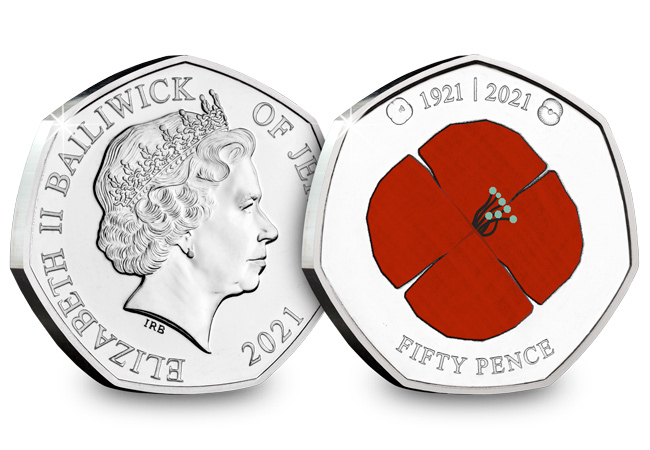
Those made in France were vivid red, simple, made from fabric and with a little green stalk. They included two messages on them which were ‘British Legion Remembrance Day’ and ‘Made by the Women and Children. The devastated areas of France.’
Whereas, the ones produced in Britain had a total number of five petals made from silk, with black stitching, little beads and a leaf.
The poppy design has changed a lot over the past 100 years; today it comprises of two red paper petals with a black centre and green paper leaf. But the meaning behind the symbol remains the same, and now, an amazing forty million poppies are dispersed globally each year.
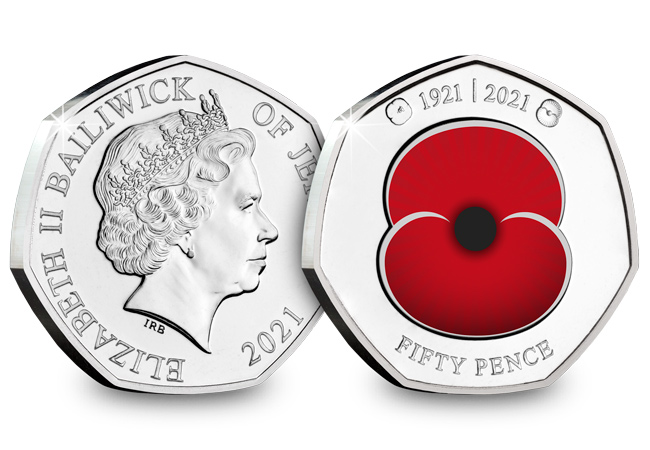
RBL: 1921 – 2021
From the very beginning, the Royal British Legion has given their undivided attention to helping veterans as they believe that “no-one should suffer for having served others”.
Since then, RBL has worked tirelessly to honour that promise. Here are just some of the fantastic things they have achieved over the past 100 years.
The first TB hospital
Tuberculosis (TB) was one of the most serious health issues experienced after the First World War, resulting in the deaths of 18,000 returning servicemen. To help treat patients, RBL set up the very first British TB hospital, providing much-needed treatment to patients and also providing jobs and housing to servicemen and their families.
The village surrounding this hospital is now a thriving community which still supports the RBL to this day, producing 20 million Remembrance poppies every year.
Rehabilitation centres
RBL has funded many rehabilitation centres to provide much-needed support to veterans and members of the Armed Forces. Their services include wellbeing courses, and a whole host of activities aimed at building camaraderie such as:
- Archery
- Mountain biking
- Wheelchair basketball
They have also part-funded The Defence Medical Rehabilitation Centre which houses the Royal British Legion Complex Trauma Gym, open for patients to participate in fitness activities which aim to increase their mobility and help them to regain independence.

COVID-19 support
More recently, RBL have been supporting the Armed Forces community during the COVID-19 pandemic. To help with a dramatic increase in calls for accessing food, RBL extended their Benefit, Debt and Money Advice Service. Another vital service utilised during the pandemic has been RBL’s Telephone Buddies scheme, which offers companionship and support to anyone feeling lonely or isolated.
Since 1921, the RBL has gained 180,000 members and 110,000 volunteers, making them the nation’s largest Armed Forces charity.
Working hard to ensure that the Armed Forces community have a voice, they communicate with members of parliament and officials to establish the representation the community deserve. Transitioning to civilian life can be difficult for ex-serving personnel and that’s why RBL continue to be there to provide lifelong support to them and their families, offering advice and guidance but also rehabilitation and recovery activities.
RBL’s Partnership with The Westminster Collection
Since 2004, The Westminster Collection has been honoured to produce annual poppy coins in collaboration with the Royal British Legion. From Brilliant Uncirculated coins, to intricate Masterpiece coins, these are one-of-a-kind designs and are as unique as they are beautiful.
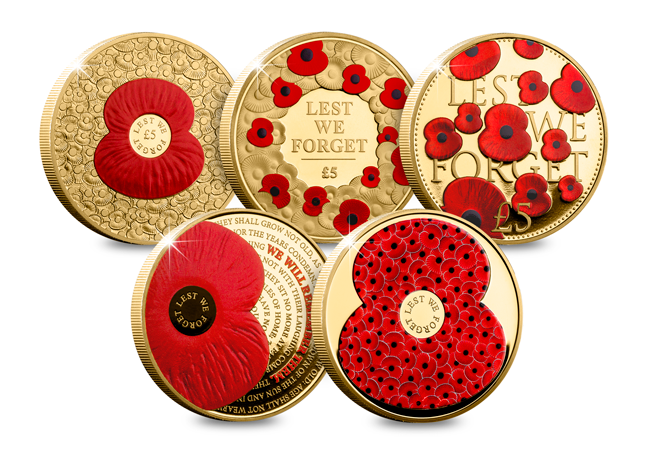
Over the past 17 years, collectors have shown their support to the RBL through purchasing these annual coin designs to take pride of place in their collections. 10% of any sales are contributed directly to RBL to support their vital work with the Armed Forces community.
We would like to thank our collectors for continuing to show their support to the RBL and help them to provide financial, social and emotional support to all who have served and are currently serving in the British Armed Forces and their families.
The 2021 Poppy Coin Collection
In this milestone anniversary year a new, very special design has been issued to commemorate RBL’s centenary.
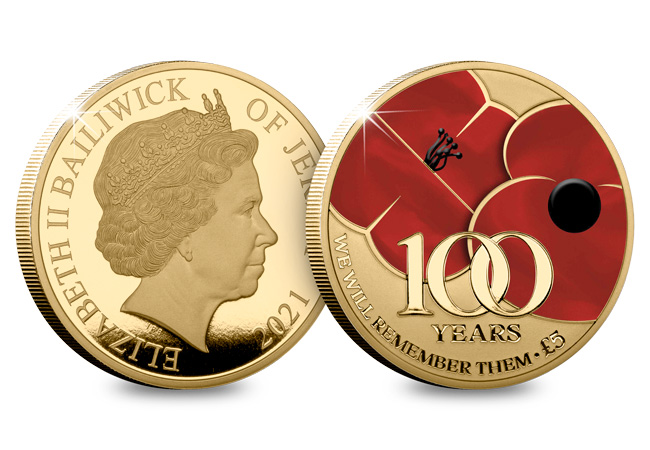
The design perfectly illustrates RBL’s centenary year, featuring the 1921 RBL Poppy alongside the iconic modern day poppy. The reverse also includes the messages ‘We will remember them’ and ‘100 years’.
‘We will remember them’ was chosen because it is a significant line taken from the poem ‘For the Fallen’ written by Lauren Binyon in 1914. ‘For the Fallen’ endures as a dignified and solemn expression of loss.
This year’s design brings both the past and present together, acknowledging all of the outstanding work the Royal British Legion has done throughout the past 100 years – and will continue to do so for many more.
If you’re interested…
Take a closer look at this year’s coins in the video below, and if you’d like to own one of this year’s commemorative Poppy coins you can shop the complete range here >>
The British banknote set to sell for up to £12,000!
Tomorrow on 28th October a Victorian £5 Banknote is set to sell at auction catalogued at up to £12,000! Now you might be wondering how an old piece of paper could be worth such an extortionate price. Well, even though it is over 150 years old, the banknote is in pristine condition – almost as if it has come straight from the Victorian Cashier who issued it himself!
The £5 Banknote, dated for the 28th December 1863 is a representation of the height of the industrial period and the advances made in Victorian Britain. In fact the design and printing technology was so advanced that the exact design was used up until 1956! You see, British Banknotes have an incredible history that is often overlooked in the collecting world…
The First UK Banknote
In 1694 King William III was at war with France, and as is often the case with warfare, the financial state of the nation was put under pressure. And so the Bank of England was established. One of its main jobs was to issue banknotes in return for deposits of gold or silver. It’s thought that the first banknote ever issued was one for £1000! But seeing as most people’s wages were less than £20 a year in those days, most people never saw a banknote.
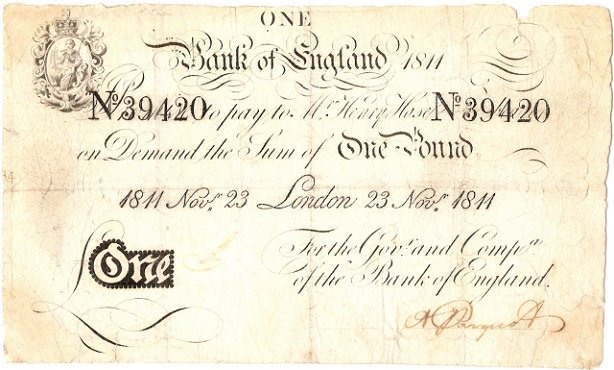
Each banknote was handwritten on bank paper addressed to the payee, and signed by a cashier to authenticate it –sort of like a modern day cheque. This is a tradition that continues today as each banknote is issued with the Chief Cashier’s signature.
“I promise to pay the barer on demand the sum of five pounds”
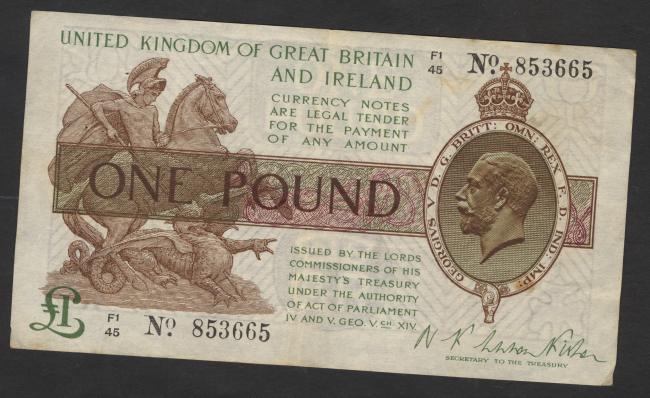
Before 1853 banknotes were completely handwritten, but the innovation of the Victorian period meant that templates for banknotes could be printed. Therefore cashiers no longer had to sign each note individually. The words “I promise to pay the bearer on demand the sum of Five pounds” were introduced to link the notes to a physical gold value. In theory, anyone could go to the bank and ask them to give them £5 worth of gold in exchange for a £5 banknote, although the meaning has changed today, the tradition remains on the banknotes.
Emergency Wartime issues
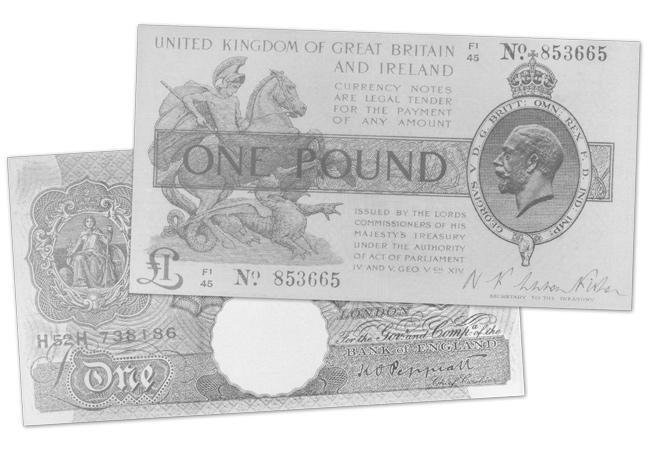
During the First World War, gold was preserved by the government and gold coins in circulation had to be withdrawn. To replace these coins, the Bank of England needed to make a large supply of £1 and 10/- notes available, but the haste at which these were produced meant that there were huge security problems. The notes were too small for cashiers to handle and they had very few anti-counterfeiting measures, but the notes themselves played a vital role in keeping the economy going.
The Second World War Nazi threat

During World War Two, the British government found out about a Nazi plot to introduced thousands of fake banknotes to destabilise British currency. However the Bank of England took emergency action and changed the colour of some of the notes for the duration of the war. The Nazi’s could not match the high levels of security features on the British banknotes and their plans failed.
Polymer banknotes
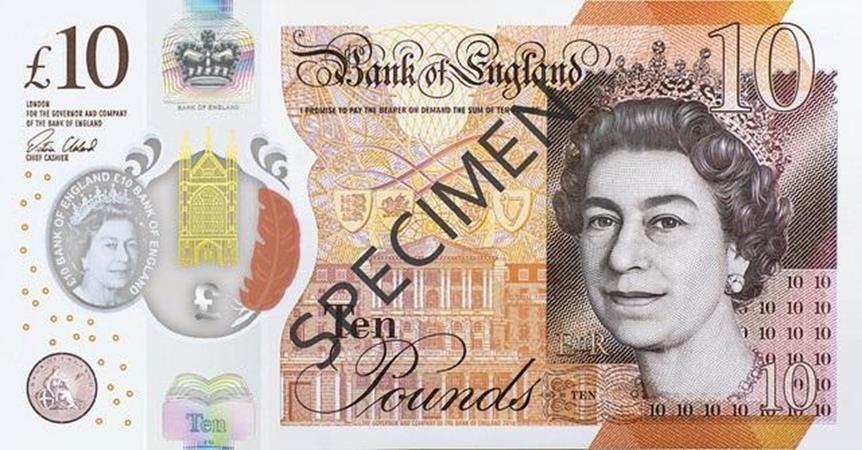
Today historic banknotes are harder and harder to get hold of, especially the ones in good condition, and those that are will often sell for thousands of pounds. Few have seen the earlier banknotes, and a small number of us remember using pre-decimal or war time banknotes in our childhoods. This is largely because the paper design which made them more susceptible to damage, so many have been lost over time. The new polymer banknotes first issued in 2016 marked a monumental change in numismatic history, bringing new technology and innovation to our pockets.
If you’re interested
Today you have the chance to own a limited edition pair of Emergency Wartime Banknote reproductions, each struck from 5g of FINE SILVER.
The Emergency Banknotes each carry a fascinating story, and your Silver versions come complete in a presentation folder telling the full story of how these banknotes helped Britain win the war.
JUST 100 of these special FINE SILVER banknotes pairs are available, so click here to order yours now, before it’s too late >>
The day we took 1,000 coins into the sky in an original WWII Spitfire…
Last month, I had a fantastic opportunity to get up close and personal to one of the world’s most famous aircraft – the Spitfire!
The iconic Supermarine Spitfire was critical in defeating Luftwaffe air attacks during the Battle of Britain in 1940, and so to mark the 80th anniversary this year, I knew we had to arrange something unique to produce a truly special collectable coin worthy of the historic anniversary.
So on the 23rd July I drove up to the historic Duxford Aerodrome to have 1,000 brand new Proof £5 coins flown in an original WWII Spitfire.

Now the purpose of my visit was to have 1,000 Official Battle of Britain £5 coins flown in an original WWII Spitfire, but I was also able to talk to RAF Flight Lieutenant Antony ‘Parky’ Parkinson in great detail about his time in the RAF and as an ex-Red Arrow ahead of the Battle of Britain anniversary. You can see Parky discussing his career and the Spitfire in the video below…
Before Parky took the ‘NH341’ Spitfire to the air, I helped him secure the 1,000 Battle of Britain Spitfire £5 coins into the wing bays which would have once held the fighter plane’s armaments while defending Britain in the skies 80 years ago. The space in the wing bays is extremely limited, hence the limited number of coins that were able to be taken to the sky.
Standing within a few feet as the famous Rolls Royce engine fired up, I watched in awe as the elegant, agile aircraft taxied along the runaway and gracefully took to the skies.
Although many 80th anniversary plans up and down the country have had to be cancelled, I am delighted to be able to give a limited number of collectors the opportunity to become the proud owner of the BRAND NEW Official Proof £5 coin that has been flown in an original WWII Spitfire plane. But that’s not all, as I was also able to arrange for them to be personally hand-signed by Parky.
The brand new Spitfire £5 coin is a fantastic commemoration of the famous plane and I am grateful that I had the opportunity to mark the 80th anniversary of the Battle of Britain with such a fitting tribute.
So I’m sure you can appreciate what a genuinely rare collectable these will instantly become and demand is expected to exceed availability. If you wish to secure one for your collection, you need to act quickly by clicking here.
Thank you to Flight Lieutenant Antony Parkinson MBE and the rest of the team at Aerolegends for helping to take the Spitfire £5 coins to the sky and for giving me the opportunity to see this famous warbird in the flesh.
If you’re interested, you’ll need to be quick as over 50% have already been reserved. You can secure the Official Battle of Britain Proof £5 coin now for JUST £35 by clicking here >>
And remember, not only will your official Battle of Britain £5 Proof coin have been flown in an original WWII Spitfire, it is also one of just 1,000 coins that have been personally signed by Lieutenant Antony Parkinson ‘Parky’, MBE.

